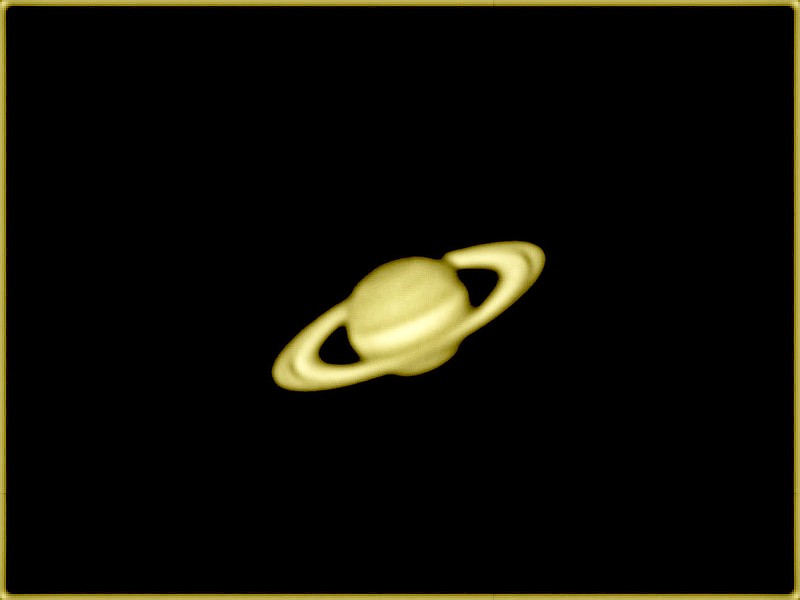In last month's column, I shared some details about the huge gas giant, Jupiter, that resides outside the orbit of Mars. By September, it will be visible to the naked eye in the night sky and always rewards viewing with binoculars or even a small telescope.
This month the planet Saturn occupies my interest. Saturn comes to opposition in August. What does that mean? It means that Saturn rises in the east just as the Sun sets in the west. If you want to see Saturn, with your eyes or through a telescope, you would look in the southeastern sky when it gets fully dark. Saturn will be that fairly bright yellowish dot, star-like to the naked eye, about a fist-width above the horizon. As the year unfolds, both Jupiter and Saturn will become prominent in the night sky. About October, they will be at their best for convenient amateur observation.
As is Jupiter, Saturn is a gas giant too, about nine times the diameter of Earth. It lies outside the orbit of Jupiter, in its own orbit around the Sun. Jupiter is cold -- but Saturn is even colder, being further from the Sun than Jupiter. While the composition of Saturn's atmosphere is about the same as that of Jupiter's, chemical reactions take place more slowly in the atmosphere of Saturn than they do in the atmosphere of Jupiter. Even with a relatively small telescope, one can see changes in the festoons and Coriolis storms occurring in Jupiter's atmosphere if you observe this planet from night to night over some weeks. One will see very few changes over time with Saturn. It has a stable, creamy-white equatorial band along its equator and, in the top and bottom third of the planet, a darker "cap" towards either pole. Some amateurs have seen storms appear suddenly in Saturn's atmosphere and this is big news in the amateur world! I have never seen anything but a rather unchangeable planetary disk, even though I have been observing this planet for more than 50 years.
Of course, the enormous thrill is to see Saturn for the first time in a telescope and to see its wonderful rings! Many people have become amateur astronomers upon seeing these rings for the first time. They are composed of an uncountable number of particles, ranging in size from fist-sized to about automobile-sized. There are a few that are bigger even than these, forming little moonlets. All of these particles are each in their own orbit around Saturn, taking their own individual times to circle the planet.
For several years, I have tried to take images of Saturn. Getting a good one is very difficult and I keep striving. I haven't gotten the one I am really hoping for, but I share an image I made in June with my 6-inch telescope. I should really use a larger aperture 'scope, but I don't own one at the moment, so I try to do the best with what I have. Compare my image to professional images you can find on the Internet. Mine is a very humble attempt -- the professional pictures reveal spectacular beauty!
The gas giants, the Milky Way -- and don't forget, the Perseid meteor shower -- will peak the night of Aug. 11-12, mostly after midnight! The sky will be fairly black if the weather cooperates, the Moon not interfering too much. Historically, this shower has shown hundreds of meteors per hour! I don't think this year's shower will show anything like this number, but I -- and you -- could be really surprised!
David Cater is a former faculty member of John Brown University in Siloam Springs. Email him at [email protected]. Opinions expressed are those of the author.

